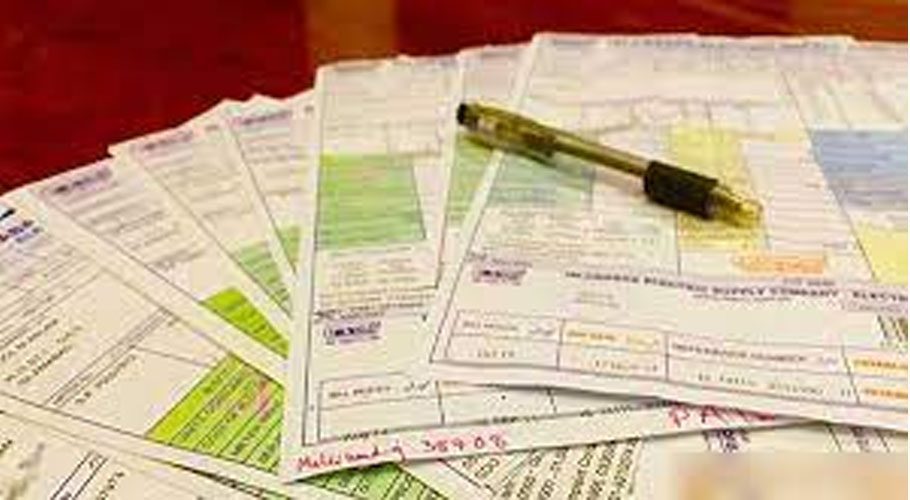KARACHI: Remittances sent by overseas Pakistanis declined by 14 per cent in November this year. The inflows fell by 9.6 per cent during the first five months of the current fiscal year (FY23).
The latest data released by the State Bank on Wednesday showed that the remittances kept falling and declined to $2.1 billion in November from $2.5bn during the same month last year. The inflows declined by 5pc compared to $2.215bn in October this year.
During Nov 2022, workers’ remittances recorded an inflow of US$2.1 billion. For detail see https://t.co/rPOvn9CTjfhttps://t.co/7XBd4uNES4 pic.twitter.com/A1jhKGHQ7Y
— SBP (@StateBank_Pak) December 14, 2022
During July-Nov FY23, the remittances fell by $1.279bn (9.6pc) to $12bn from $13.286bn during the same period last fiscal year.
The artificially low dollar rate in the interbank market, according to bankers and currency experts, might cost the country dearly. The interbank market’s current exchange rate for the dollar is Rs224.71, however the open market offers a substantially higher rate. The worst aspect of the low interbank exchange rate for the dollar is the establishment of a very robust black market that begins to draw in remittances.
Bankers and currency specialists agree that the widening difference in dollar rates is the primary cause of the low inflows. While banks provide Rs224.71 for a dollar, the black market offers Rs255.
The government and the State Bank are unable to allow a free market mechanism for the exchange rate, particularly in the wake of poor foreign exchange reserves of the central bank.
Though the State Bank governor recently assured with a number of statistics that Pakistan only needs to pay $4.7bn this year and the rest of the dues would be rolled over, the market remained unmoved. Currency experts said only inflows could stabilize the market, while pointing out that remittances depend largely on political stability.

































